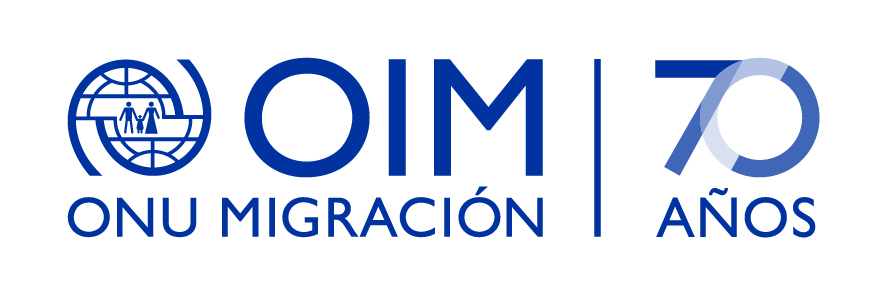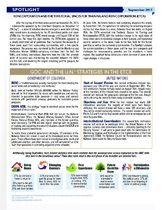REINCORPORATION AND THE TERRITORIAL SPACES FOR TRAINING AND REINCORPORATION (ETCR)
Abstract
After the signing of the final peace accord on November 24, 2016 – subsequently approved by the Colombian Congress on December 1st (“D-Day”) – a wave of individual decrees emerged a week later defining what would come to eventually be the 26 transitional points and zones (ZVTN) that the disarming FARC would occupy until August 15th of the current year. For those first eight months, the ZVTN were regulated by a clearly determined set of guidelines that maintained the occupants of these zones apart from surrounding communities, with a few specific exceptions. The process was monitored by the tripartite Monitoring and Verification Mission (MM&V) comprising members from the GoC, the FARC, and military international observers from the U.N. The principle
order of business was maintaining the ceasefire between the FARC and the GoC, and disarming the largest remaining guerrilla group in the Western Hemisphere.By June 27th, the United Nations had completely disarmed the rebels; by September 15th, the operations for extracting the remaining weapons caches had also drawn to a close. Between those two dates, on August 15th, the ZVTN converted into Territorial Spaces for Training and Reincorporation (ETCR). With the technical change in the legal status of these zones come fundamental changes in their purpose, and operational security concerns in the zones move to the fore, both for the former guerrillas as well as the surrounding communities. This Spotlight analyzes the current conditions in these zones and the near term prospects and challenges for reincorporating guerrillas and the inhabitants in these regions.

